Introduction
Broad beans, also known as fava beans, are a nutritious and versatile legume enjoyed worldwide. Their sweet, earthy flavor and tender texture make them a delightful addition to various dishes, from salads and stir-fries to soups and stews. However, cooking broad beans to perfection can be a bit tricky, especially for those unfamiliar with their unique cooking characteristics. Undercooked broad beans can be tough and indigestible, while overcooked ones can turn mushy and lose their flavor. Therefore, knowing how to judge when broad beans are cooked just right is crucial for achieving the best taste and texture. This article will provide comprehensive guidelines on how to determine if broad beans are cooked perfectly, covering various cooking methods, visual cues, textural checks, and even taste tests.
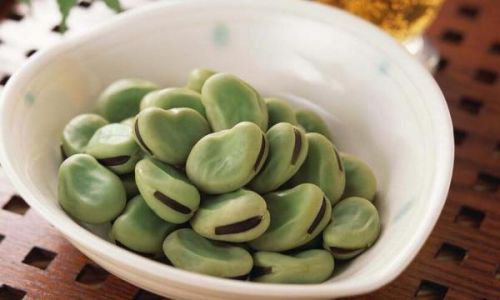
Understanding Broad Beans
Before diving into the specifics of cooking and checking for doneness, it’s essential to understand the basic properties of broad beans. These beans have a double pod system: an outer, tough pod that is inedible and an inner, softer pod (or hull) that often needs to be removed before cooking, depending on the recipe. The edible part is the green, creamy interior beans themselves. Broad beans contain a natural toxin called vicine and convicine, which can cause a condition called favism in individuals with a specific genetic trait. While boiling or cooking broad beans effectively reduces these toxins, it’s important to ensure they are fully cooked before consumption.
Cooking Methods for Broad Beans
Broad beans can be prepared in numerous ways, each requiring different cooking times and techniques. Here are some common methods:
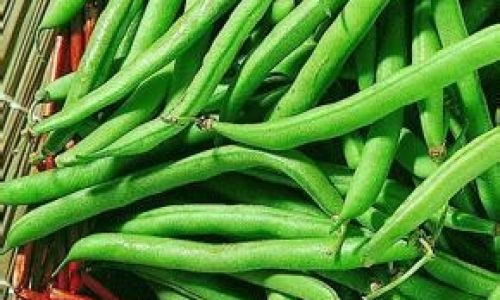
- Boiling: This is the most straightforward method. Broad beans are simmered in boiling water until tender.
- Steaming: Steaming preserves more nutrients and flavor, making it a healthier option.
- Roasting: Roasted broad beans develop a nutty, caramelized exterior and can be used in snacks or salads.
- Stir-Frying: Quick stir-frying with other ingredients adds a delightful crunch and flavor to dishes.
- Baking: Broad beans can be baked with seasonings for a hearty, wholesome snack.
- Pressure Cooking: Using a pressure cooker significantly reduces cooking time while maintaining the beans’ texture and flavor.
Visual Cues for Doneness
One of the first indicators of doneness is the color and appearance of the broad beans. Here’s how to interpret these visual cues:
- Color Change: Raw broad beans are typically a bright green color. As they cook, they may turn a duller, more muted green or even slightly yellowish. This color change is a good initial sign that the beans are nearing doneness.
- Texture of the Hull: If you’re cooking beans with their inner hulls on, look for the hulls to soften and start to peel away from the beans slightly. This indicates that the beans are cooked through.
- Size and Shape: Cooked broad beans will often appear slightly larger and more plump than their raw state due to the absorption of water.
Textural Checks
The texture of the broad beans is the most reliable way to determine their doneness. Here’s how to perform a textural check:
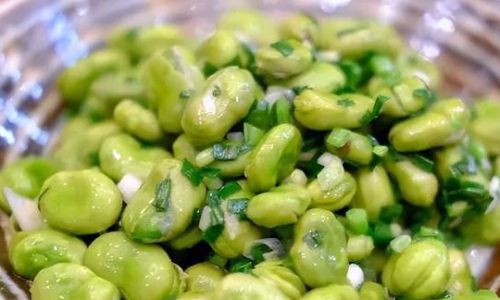
- Fork Tenderness: Insert a fork into a few beans. If they offer little resistance and pierce easily, they are likely cooked. Raw or undercooked beans will feel firm and may even resist being pierced.
- Squeeze Test: Gently squeeze a bean between your thumb and forefinger. A cooked bean should yield slightly and feel tender without being mushy. If it feels too firm or crunchy, it needs more cooking.
- Hull Removal: If you’ve cooked the beans with their inner hulls, try gently pinching a bean at the seam where the hull attaches. A cooked bean will allow the hull to come off easily. If the hull sticks or tears the bean, it may need more time.
Taste Tests
Nothing beats a taste test for confirming doneness. Here’s how to do it:
- Flavor Development: Take a small bite of a bean. Cooked broad beans should have a sweet, nutty flavor. Raw or undercooked beans may taste grassy or slightly bitter.
- Mouthfeel: Chew the bean carefully. It should be tender and smooth, with no hard spots. Overcooked beans might feel mushy or pasty in your mouth.
Specific Cooking Time Guidelines
While visual cues and textural checks are essential, knowing approximate cooking times can provide a helpful starting point. Here are some general guidelines based on different cooking methods:
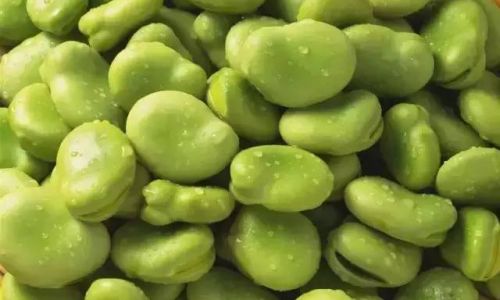
- Boiling: Bring a pot of water to a boil, add cleaned and shelled broad beans, and simmer for about 10-15 minutes, or until tender.
- Steaming: Place beans in a steamer basket over boiling water and steam for about 15-20 minutes.
- Roasting: Preheat your oven to 400°F (200°C), toss beans with olive oil and salt, and roast for about 20-25 minutes, stirring occasionally until crispy and golden.
- Stir-Frying: Cook beans in a hot wok or pan with a small amount of oil for about 5-7 minutes, stirring constantly.
- Baking: Spread beans on a baking sheet, drizzle with oil, and bake at 400°F (200°C) for about 20-25 minutes, until tender and lightly browned.
- Pressure Cooking: Add beans and water to the pressure cooker, set to high pressure, and cook for about 4-6 minutes.
Adjusting for Variables
Several factors can affect cooking time, so it’s important to be flexible and adjust accordingly:
- Bean Size and Age: Younger, smaller beans tend to cook faster than older, larger ones.
- Altitude: Higher altitudes can affect boiling temperatures, potentially requiring longer cooking times.
- Water Quality and Quantity: Hard water or insufficient water can slow down cooking.
- Cooking Equipment: Different pots, pans, and steamers conduct heat differently, influencing cooking times.
Conclusion
Achieving perfectly cooked broad beans is a rewarding culinary endeavor that enhances both the taste and nutritional value of your dishes. By paying attention to visual cues, performing textural checks, and conducting taste tests, you can confidently determine when your broad beans are cooked to perfection. Remember to factor in variables like bean size, altitude, and cooking equipment to ensure accurate cooking times. With practice, you’ll develop a keen sense for when broad beans are ready, allowing you to enjoy their delicate sweetness and tender texture in every meal. Whether you’re boiling, steaming, roasting, stir-frying, baking, or pressure cooking, these guidelines will help you master the art of cooking broad beans and elevate your culinary creations. Happy cooking!

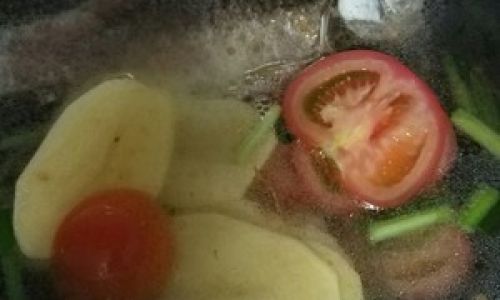


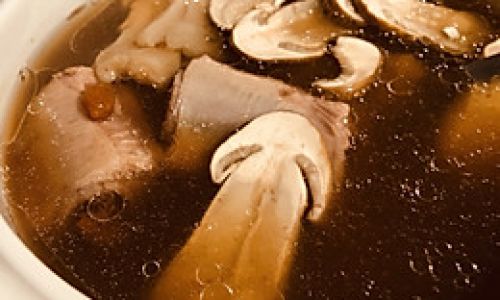
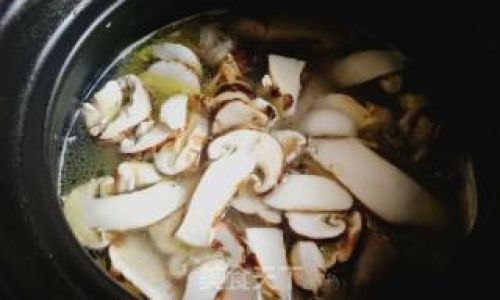
0 comments